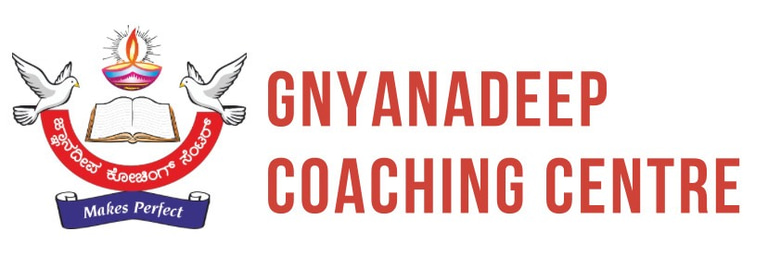Using SWOT Analysis for Effective Study Planning


SWOT analysis is a popular strategic tool used in business planning, but it can be just as powerful for students to plan their studies effectively. SWOT stands for Strengths, Weaknesses, Opportunities, and Threats. By using this method, students can gain a clear understanding of their current situation and create a smart, personalized study plan that works best for them.
1. Understanding the Components of SWOT
Strengths: These are your internal positive traits. In terms of study, this might include subjects you’re good at, strong memory, good time management, or high concentration.
Weaknesses: These are the areas where you struggle. It could be procrastination, weak performance in certain subjects, poor note-taking skills, or lack of consistency.
Opportunities: These are external chances that can help you improve. For example, access to coaching, online resources, study groups, or teachers who support your goals.
Threats: These are external obstacles that might harm your study plan, like social distractions, health issues, pressure from peers, or lack of study space.
2. How to Use SWOT Analysis for Study Planning
Step 1: Self-Assessment
Start by writing down your Strengths, Weaknesses, Opportunities, and Threats honestly. Be specific. For example:
Strengths: Good at Biology, wake up early, manage time well
Weaknesses: Weak in Physics, get distracted easily
Opportunities: Attending NEET coaching, free YouTube lectures
Threats: Friends waste time, noisy home environment
Step 2: Make a Smart Study Plan
Once you have a clear SWOT profile, use it to shape your study strategy.
Leverage Strengths: Use your strengths to boost confidence. If you are good at Biology, finish those chapters first to gain momentum.
Work on Weaknesses: Plan extra time for weak subjects. Try new methods like visual learning or peer discussions to improve.
Grab Opportunities: Join a study group, attend online sessions, or make use of free test series. These can boost your preparation without extra cost.
Avoid Threats: If distractions at home are a threat, try studying in a library or use noise-canceling headphones. Minimize phone usage during study hours
3. Review and Update Regularly
SWOT is not a one-time activity. Review your SWOT every month. You’ll notice improvements and new challenges. Update your plan accordingly to stay ahead.
4. Benefits of SWOT-Based Study Planning
Gives a clear picture of where you stand
Builds confidence by focusing on strengths
Helps manage time and resources better
Reduces stress by identifying and managing risks early
Encourages continuous self-improvement
Conclusion
SWOT analysis is more than just a planning tool—it’s a mirror that shows both your potential and your challenges. When used correctly, it can guide you toward smarter decisions, better time management, and improved academic performance. Whether you’re preparing for school exams or competitive tests like NEET or JEE, using SWOT analysis can make your study journey more focused and efficient.
